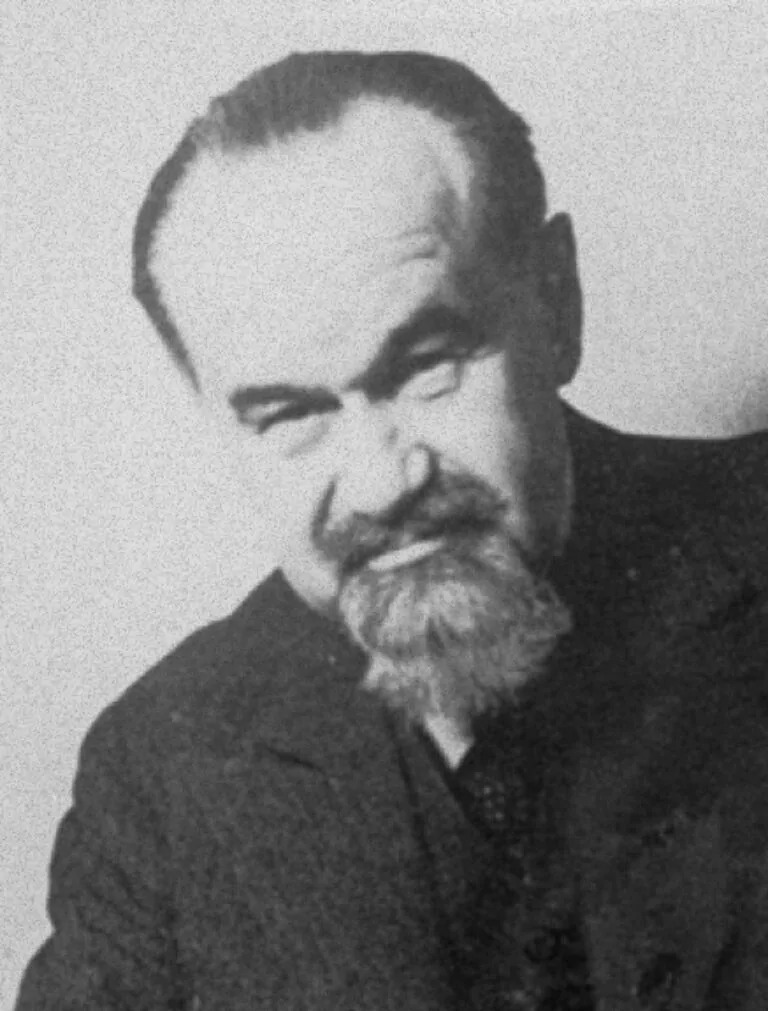After completing his academic training at the Breslau (now Wrocław, Poland) Rabbinical Seminary under the guidance of Israel Lewy, a renowned Talmudic scholar, he received his doctorate from the University of Breslau in 1898 and was ordained as a rabbi in 1899.
Elbogen’s career began with a teaching position in biblical exegesis and Jewish history at the Collegio Rabbinico Italiano in Florence. In 1902, he was appointed as a lecturer at the Higher Institute for Jewish Studies in Berlin. There, he taught in various departments and held many leading positions for several years. Elbogen was very popular among students, not least because he was the only lecturer to organise excursions. He also maintained a close friendship with colleague Jenny Wilde.
His main scholarly interest was in Jewish history and the history of Jewish liturgy. His most important work, Jewish Liturgy: A Comprehensive History, first published in 1913, is an sweeping study of Jewish liturgy and is considered the most thorough academic treatise on the subject.
Ismar Elbogen’s Resistance
After the Nazis came to power in 1933, systematic persecution of those classified as Jews began. German-Jewish historians were doubly affected: not only were they personally suffering from persecution, but they also faced the additional challenge that non-Jewish German historians were increasingly attempting to impose their own interpretations of Jewish history. This also held for Ismar Elbogen. In 1934, Wilhelm Grau, a leading “researcher of the Jews” in Nazi Germany, published his book Antisemitismus im späten Mittelalter: Das Ende der Regensburger Judengemeinde 1450-1519 (Antisemitism in the Late Middle Ages: The End of the Regensburg Jewish Community 1450-1519). This work, fluctuating between factual description and antisemitic vilification, was strongly criticised by Elbogen and other Jewish historians. Elbogen wrote a review of Grau’s book in 1935, criticizing Grau’s portrayal the Jews of Regensburg as outlandish and sinister and arguing that the book lacked any scientific objectivity. The following year, Grau responded with a negative critique of a work by Elbogen, intensifying the tensions between the two scholars.
This confrontation illustrates not only the resistance of Jewish historians to the Nazi discipline of Judenforschung (literally “research on Jews”) but also Elbogen’s courage in standing up against the field’s leading figures and their pseudoscientific works. In a time when a scholarly debate on equal footing was already impossible, Elbogen showed remarkable courage by publicly speaking out against Grau. In 1938, Elbogen was forced to leave Germany, marking the end of his direct confrontations with Grau.
Elbogen emigrated to New York and tried to continue his research there. Ismar Elbogen died in 1943.
“We still live in a world marred by hatred and devastation; what violence has left in its wake, the spirit of knowledge shall repair. It is through scholarly pursuits, above all, that it possible to alleviate the divisions within peoples and build bridges between them. Our Institute can and should play an active role in this messianic mission by properly presenting and perpetuating the millennia of Jewish intellectual heritage. A formidable gap still separates us from realizing this ideal vision, but the goal has been understood clearly since our alma mater’s inception.”

